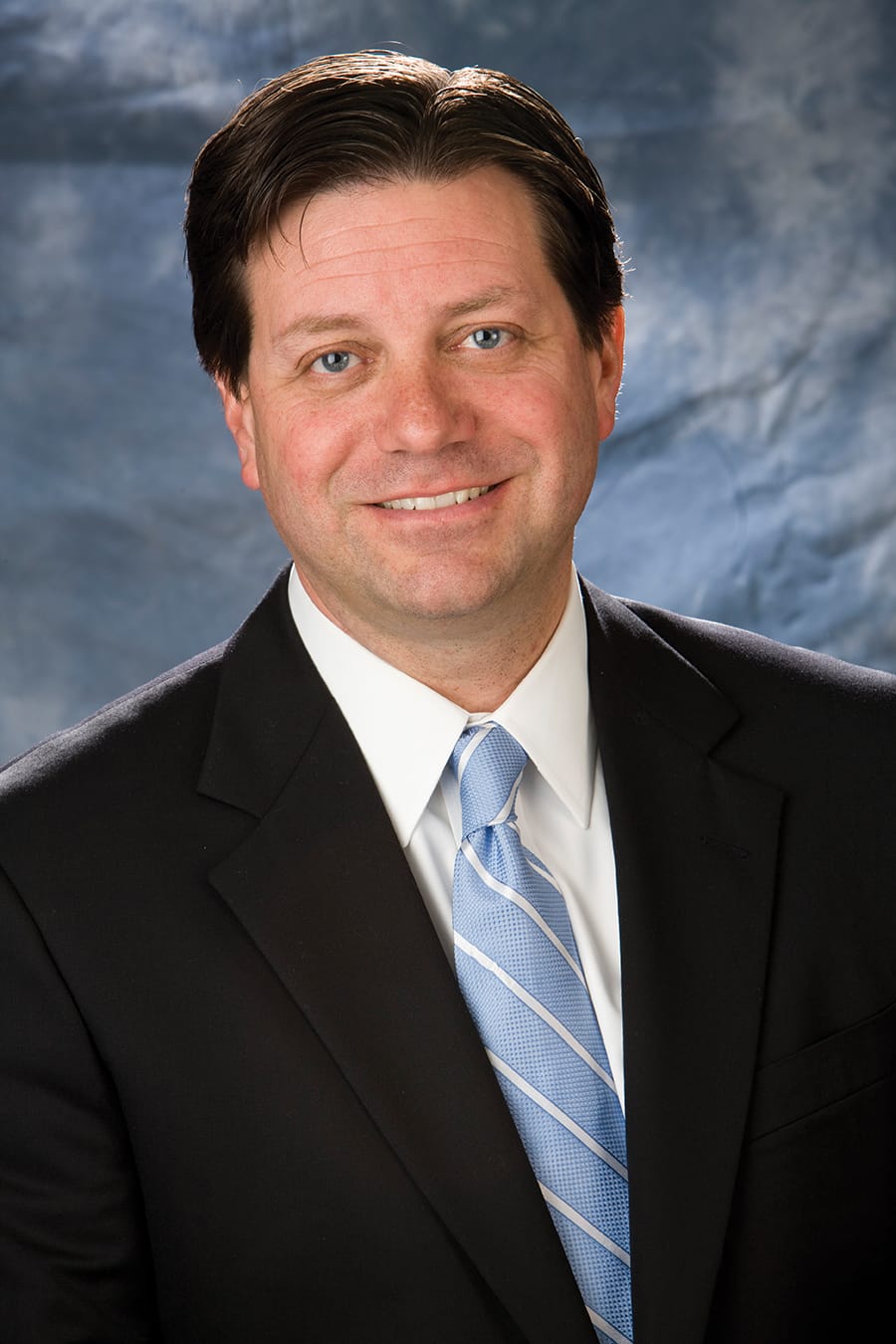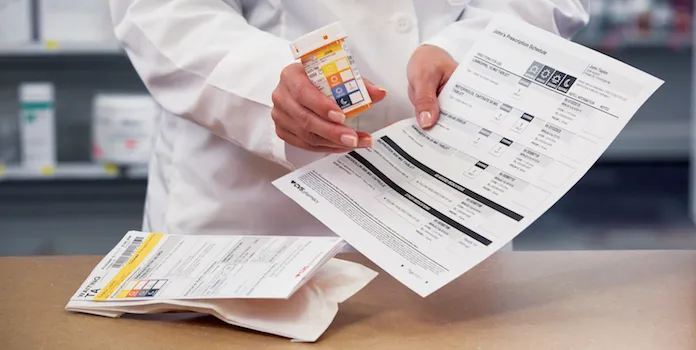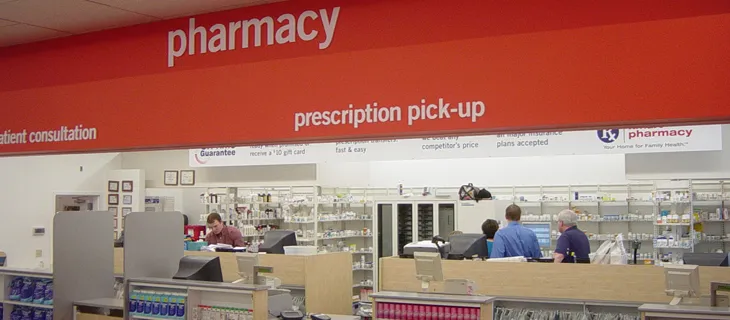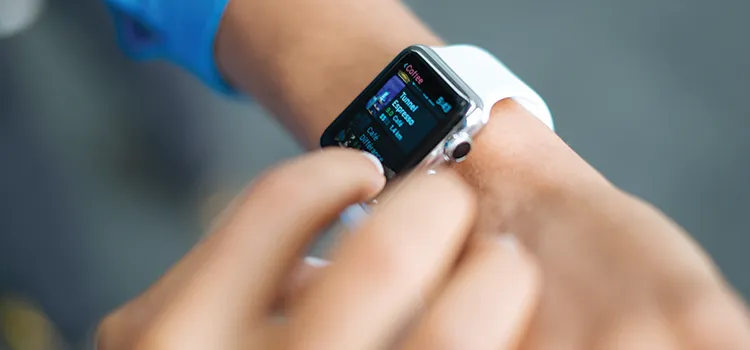
Dan Leonard
Earlier this spring, the National Pharmaceutical Council (NPC) partnered with the Healthcare Leadership Council to hold town hall meetings in Raleigh, N.C., and Nashville. We asked health care leaders in those communities what really matters to them. Participants focused on the top of the health care funnel: prevention. Many thoughtful participants in those rooms felt that greater emphasis on wellness, primary care and preventing the onset of disease could make Americans healthier and reduce health care spending down the road.
These conversations on health care spending are part of a broader initiative on the topic we call Going Below the Surface (www.goingbelowthesurface.org). The conversations in Raleigh and Nashville brought home an important point: The best ideas don’t always come from Washington, D.C.; they come from town hall meetings or kitchen table conversations across the country. There’s a reason Washington is called an “echo chamber” — the same ideas and policy proposals have been bouncing around for years.
One of the key themes that emerged from these town hall conversations is that, while the national conversation has been intensely focused on health care spending, it’s more important to focus on getting maximum value for the dollars spent. In fact, sometimes it makes sense to spend more in certain areas, especially when the expenditure serves a public good. This is true for preventive care.
In an Upshot column in The New York Times, economist Aaron Carroll observed that preventive care does cost money — but it’s important to bring value into the equation. Studies that have attempted to correlate preventive care with reduced overall spending have revealed only incremental cost benefit: a reduction of only 0.2% in personal health spending in a given year. But, as Carroll notes, “One reason for this is that all prevention is not the same.” Although certain interventions may not reduce overall health spending, Carroll points out, they can be cost-effective. These expenditures should be viewed less as costs and more as investments.
“Money doesn’t have to be saved to make something worthwhile. Prevention improves outcomes. It makes people healthier. It improves quality of life. It often does so for a very reasonable price,” Carroll concludes.
Some preventive care can avoid downstream health costs. Approximately one in five health care dollars is spent caring for a person with diabetes. According to the American Diabetes Association, the average annual cost for a person with diabetes is $13,700, 2.3 times higher than a person without diabetes. If we invest in preventing new cases of type 2 diabetes, we could save millions or billions in downstream costs to the system.
The Centers for Disease Control and Prevention (CDC) has shown promising evidence that this works; the number of new cases of diabetes has been declining since 2008. An assessment by the Florida Diabetes Prevention Program estimates that the return on investment for a company that offers a disease prevention program to its employees is approximately $55,000 over 10 years for each employee with prediabetes who does not develop diabetes. Other studies have shown potential savings ranging as high as $2.2 billion per year. Promising numbers, indeed.
But our health care system doesn’t always make it easy for people to get the care they need. Two significant barriers include health insurance deductibles and co-pays and social determinants of health.
More than 40% of Americans ages 18 to 64 now participate in high-deductible health plans (HDHPs); deductibles average between $1,300 for an individual and $2,600 for a family. Many patients on daily prescription regimens must meet their deductibles before their health insurance coverage kicks in. For people with chronic conditions, it can be difficult to afford their medications, and the price tag at the pharmacy counter can be a shock. Currently, Internal Revenue Service regulations stipulate that only certain types of preventive services can be covered by a health plan before the insured meets his or her deductible; drugs and medications are not included. According to the CDC, 15.5% of families with HDHPs were more than 1.7 times as likely to have difficulty paying medical bills as families with a traditional plan.
Research conducted by VBID Health, supported by NPC, shows that providing predeductible coverage for 57 targeted classes of drugs covering 11 chronic conditions not only can be cost effective but can also drive other benefits. The researchers note: “There is a body of peer-reviewed literature demonstrating that selectively lowering cost-sharing for high-value chronic disease management medications can meaningfully improve adherence, reduce the risk of adverse health outcomes and, in some cases, reduce expenditures.” Potential changes to address predeductible coverage are under active consideration in Washington.
Social determinants of health also are a factor in individuals’ ability to access preventive care. Many Americans, especially those living in rural areas and inner cities, struggle with accessing care. The reasons why can be multiple, including lack of health care coverage, difficulty with transportation to doctors’ offices and pharmacies, language barriers, and food deserts.
Dismantling these barriers so more people can access the preventive care they need is crucial to deriving greater value from our health care system. Improved public transportation, access to healthy food and increased public safety are the kinds of investments that will help us drive that greater value.
Our town hall participants had lively discussions about prevention, but also about the need for greater transparency in health care costs, reducing wasteful spending and even the thorny issue of end-of-life care. Those communities’ citizens and their leaders were concerned and engaged. While our elected officials are in their home districts during August, they will hold similar town halls across the country.
I’m hopeful that our elected officials will hear many more solid ideas like these from their constituents, and that those ideas will make it back to Washington for serious consideration. Just as it should be.
Dan Leonard is president and chief executive officer of the National Pharmaceutical Council. He can be contacted at dleonard@npcnow.org.









